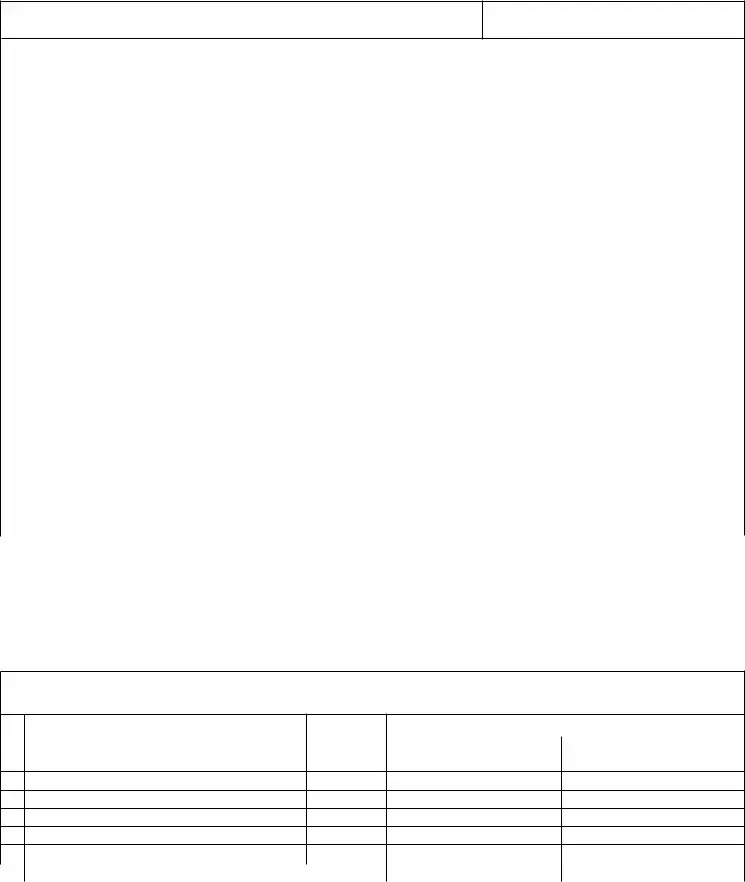The NJ-1065 Schedule A form is closely related to the IRS Form 1065, U.S. Return of Partnership Income. This similarity stems from their shared purpose of reporting income, gains, losses, deductions, and credits of partnerships. Form 1065 serves as the federal counterpart to the state-focused NJ-1065, detailing the financial activities and positions to the Internal Revenue Service. Specifically, both forms require information about the partnership's income from various sources, such as trade, business activities, and rental real estate activities. The structure of the forms and the type of data requested align closely, facilitating the consistency in reporting partnership financials on both state and federal levels.
The Schedule K-1 (Form 1065), Partner's Share of Income, Deductions, Credits, etc., is another document akin to the NJ-1065 Schedule A. Schedule K-1 breaks down each partner's share of the partnership's income, deductions, and credits. Like NJ-1065 Schedule A, it distinguishes between different sources of income, such as interest, dividends, and rent. While Schedule K-1 details the distribution of income and deductions among partners for federal tax purposes, NJ-1065 Schedule A outlines similar information specific to the state of New Jersey, serving a parallel function within the tiered partnership context.
Form NJ-1065, Partnership Return, is inherently linked to NJ-1065 Schedule A since the latter is an essential schedule of the former. Form NJ-1065 is designed to report the income, losses, and other financial details of partnerships operating within New Jersey. The schedule A segment specifically deals with income earned and allocated among tiered partnerships, highlighting its pivotal role in accurately completing the overarching NJ-1065 form. Through this interconnection, the data from Schedule A directly influences the calculation and reporting of the partnership's overall tax obligation to the state, showcasing their operational and informational dependency.
The Federal Schedule K-1 (Form 1065) documents received from other partnerships are directly referenced and necessary for completing the NJ-1065 Schedule A, establishing a strong linkage between the two forms. These federal schedules provide the requisite details on income earned by the partnership through investments in other entities, enabling accurate reporting of tiered partnership income on a state level. Essentially, the functionality of NJ-1065 Schedule A hinges on the information provided by these Federal Schedule K-1 forms, typifying a relationship where state-level reporting requirements are fulfilled using federal-level data.
Lastly, the IRS Form Schedule E (Form 1040), Supplemental Income and Loss, parallels the NJ-1065 Schedule A in its focus on income from rentals, royalties, partnerships, S corporations, estates, trusts, and residual interests in REMICs. While Schedule E caters to individuals, reporting their share of income or losses from various entities and ventures, NJ-1065 Schedule A aggregates similar types of income at the partnership level. Both documents play a crucial role in ensuring that income from pass-through entities is accurately reported and taxed accordingly, albeit at different levels of the tax filing process and to different taxing entities.
